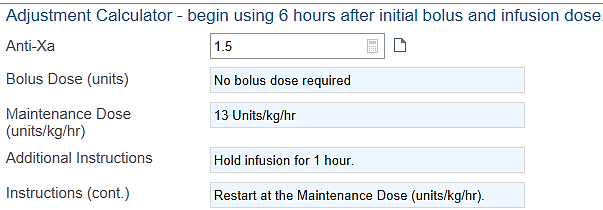Great Catches
A “great catch” is when someone proactively prevents harm from reaching the patient. Great catches are celebrated each day at the respective campus Daily Safety Briefing. Each month Kettering Health selects a Great Catch of the Month, with a yearly winner selected and celebrated at the annual Quality Banquet.
Please share your great catches with your leader so your commitment to patient safety can be celebrated.
Great Catch of the Year:
- Bentley Peed and Davida Vassar both responded to a bed exit alarm during the night, and quickly recognized the patient was choking. Both responders immediately took action, performing back blows and abdominal thrusts, successfully dislodging the obstruction. This patient was on a regular diet with no swallowing precautions. Thanks to their recognition of the patient emergency and immediate response, their actions prevented serious harm from occurring to the patient.
October 2021 Great Catch of the Month:
- Emily Haffner an occupational therapist from Yankee at Southview Medical Center was caring for an outpatient that voiced they had lost the will to live. Emily requested assistance from Susan Bledsoe, a case manager. The Montgomery County Sheriff’s office, Washington Townships, and Southview police were called for assistance. Officers were able to deescalate the patient and influence him to transfer to the Southview Emergency Department for further evaluation.
- Julie Stevenson, a nurse on Soin Medical Center’s MedSurg 5 unit saw an order for a one-time dose of hydralazine on her patient. She MatchMD’d the ordering physician to ask for rationale on the order since the patient had stable blood pressures with diastolics on the low side. Doctor responded it was ordered on the incorrect patient and the hydralazine order was stopped.
Infection control: CLABSI and CAUTI issues with cultures
Recent CLABSI and CAUTI case reviews show problems in obtaining blood and urine cultures. It is imperative we have proper culture collection and test ordering to prevent inappropriate treatments for patients and identifying CLABSI or CAUTI incorrectly.
Examples:
- Blood cultures should be collected from peripheral draws when at all possible. When staff draw blood cultures from indwelling lines, it can lead to an infection being called because of an organism present in biofilm instead of a true infection.
- It is recommended that all body sites with purulent drainage be cultured once during the patient’s stay. If there is purulent drainage, nursing should consult the patient’s provider for further direction. When purulent drainage is not cultured, it can lead to issues with antimicrobial management and a CLABSI called when the infection may have been secondary to the site of purulent drainage.
- When drawing blood cultures, it is important to make sure that proper technique is used. Once the skin is prepped, the Chloraprep must be allowed to fully dry prior to drawing the blood cultures. Several CLABSI cases have been called based on blood cultures that have been suspected to be contaminants. Despite possible contaminates, due to surveillance criteria, these cases must be classified as a CLABSI.
- For CAUTI, we continue to see the “Urinalysis with Reflex to Scope” ordered instead of the Urine Culture Conditional order (LAB159524). All inpatients that need to be assessed for a urinary tract infection should have the Conditional Urine orders utilized. This will provide a urinalysis, an examination of the urine under a microscope, and will have a urine culture performed if there are at least 10 white blood cells seen per field in the microscopic exam to warrant the culture. The only situations in which it is medically appropriate to order a urine culture directly are as follows:
- Neutropenic patients
- Pre-operative for urologic surgery
- Pregnant patients
- Neonates
- Known pyuria (>=10 white blood cells seen per field in the microscopic urine exam).
Medication safety
Heparin infusion is a titratable drip that is initiated by using patient’s weight and is titrated every six hours based on Anti-Xa lab levels. To ensure the accuracy of following the protocol dosing, it is highly advisable to use the initiation and the dose adjustment calculators for Heparin.
Utilize the initiation calculator in the MAR:

Example:


Utilize the adjustment calculator in the MAR:

Example: Anti-Xa level result is entered:

Example: Hold infusion


